Results of the international SELECT-GCA study suggest that upadacitinib may be an effective new oral treatment for giant cell arteritis.


Deborah Levenson |
Results of the international SELECT-GCA study suggest that upadacitinib may be an effective new oral treatment for giant cell arteritis.

Jude Al Qaqaa, MD, Vladimir Falb, DO, & Kaitlyn Buzard, DO |
Giant cell arteritis (GCA), is an inflammatory vasculitis that involves large- and mediumsized arteries, most commonly the cranial branches of the carotid artery.1 It is seen in individuals 50 years and older.1 The most typical manifestation is new-onset headache with scalp tenderness and jaw claudication. 2 The most feared complication associated with GCA is permanent…
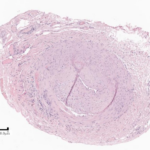
Moayad Alqazlan, MBBS, Vidhya Nair, MBBS, MD, & Michael A. Seidman, MD, PhD |
At the end of 2023, the Society for Cardiovascular Pathology (SCVP) published consensus guidelines on the diagnostic approach to temporal artery biopsy.1 Through this publication, SCVP hopes to bring more uniformity to the processing, interpretation and reporting of these specimens, taking into consideration the most up-to-date literature available. These guidelines have obvious impact on clinical…
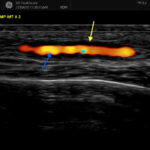
Colm Kirby, MB, BCh, BAO, MRCPI, Rachael Flood, MB, BCh, BAO, MRCPI, Ronan Mullan, MB, BCh, BAO, MRCPI, Grainne Murphy, MB, BCh, BAO, MRCPI, & David Kane, MB, BCh, BAO, MRCPI |
Background/Purpose It has been reported that 20–50% of patients with polymyalgia rheumatica (PMR) have subclinical giant cell arteritis (GCA). The natural history of ultrasound-defined subclinical GCA in PMR is not known. Methods Twenty-five newly diagnosed PMR patients who met a clinical diagnosis for PMR, verified by two rheumatologists, were examined by ultrasound. All six branches…
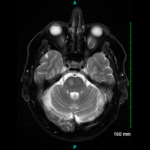
Jessica Meek, MD, Anna Coppinger, DO, & Sejal Khan, DO |
Thromboembolic events are major contributors to the morbidity and mortality of patients with giant cell arteritis (GCA), but little is known about how GCA may increase the risk of ischemic strokes. GCA-related stroke is described as an ischemic cerebral infarct occurring within three to four weeks of GCA diagnosis and treatment. It occurs in 3–7%…

Michael Putman, MD |
In 2021, the ACR—in concert with the Vasculitis Foundation (VF)—released four new vasculitis guidelines, one each on: 1) anti-neutrophil cytoplasmic antibody (ANCA) associated vasculitis, 2) giant cell arteritis (GCA) and Takayasu arteritis, 3) polyarteritis nodosa and 4) Kawasaki disease. The guideline development process is complex. For the vasculitis guidelines, this process kicked off in June…
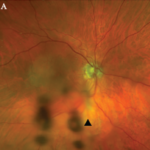
Iryna Nemesh, MD, Saleema Kherani, MD MPH, Shikha Singla, MD, & William Wirostko, MD |
Syphilis is a chronic sexually transmitted disease (STD) caused by the spirochete Treponema pallidum. The clinical manifestations of syphilis are divided into four stages: 1) the primary stage, characterized by painless mucosal or cutaneous chancre at the site of infection that resolves spontaneously; 2) the secondary stage in which a generalized maculopapular rash and condyloma…
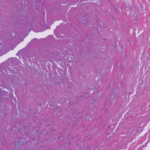
Ashraf Raslan, MD, Dorian Infantino, MD, Roman Zuckerman, DO, & Daniel Berlin, MD |
Giant cell arteritis (GCA) is a granulomatous vasculitis of large- and medium-sized arteries, usually affecting the cranial branches of the aortic arch. It is the most common vasculitis, with the highest risk factor being age. Accurate diagnosis and prompt initiation of therapy are of great importance to prevent serious complications, with the most feared being…

Researchers suggest antiviral therapy is not appropriate for patients with GCA, based on their study findings and related research…

A systematic literature review identified novel evidence on the treatment and management of GCA that was incorporated into the most recent EULAR recommendations on the management of large vessel vasculitis. Investigators confirmed the efficacy of prompt initiation of glucocorticoids and found fast-track approaches to diagnosis lowered the risk of ischemic complications…